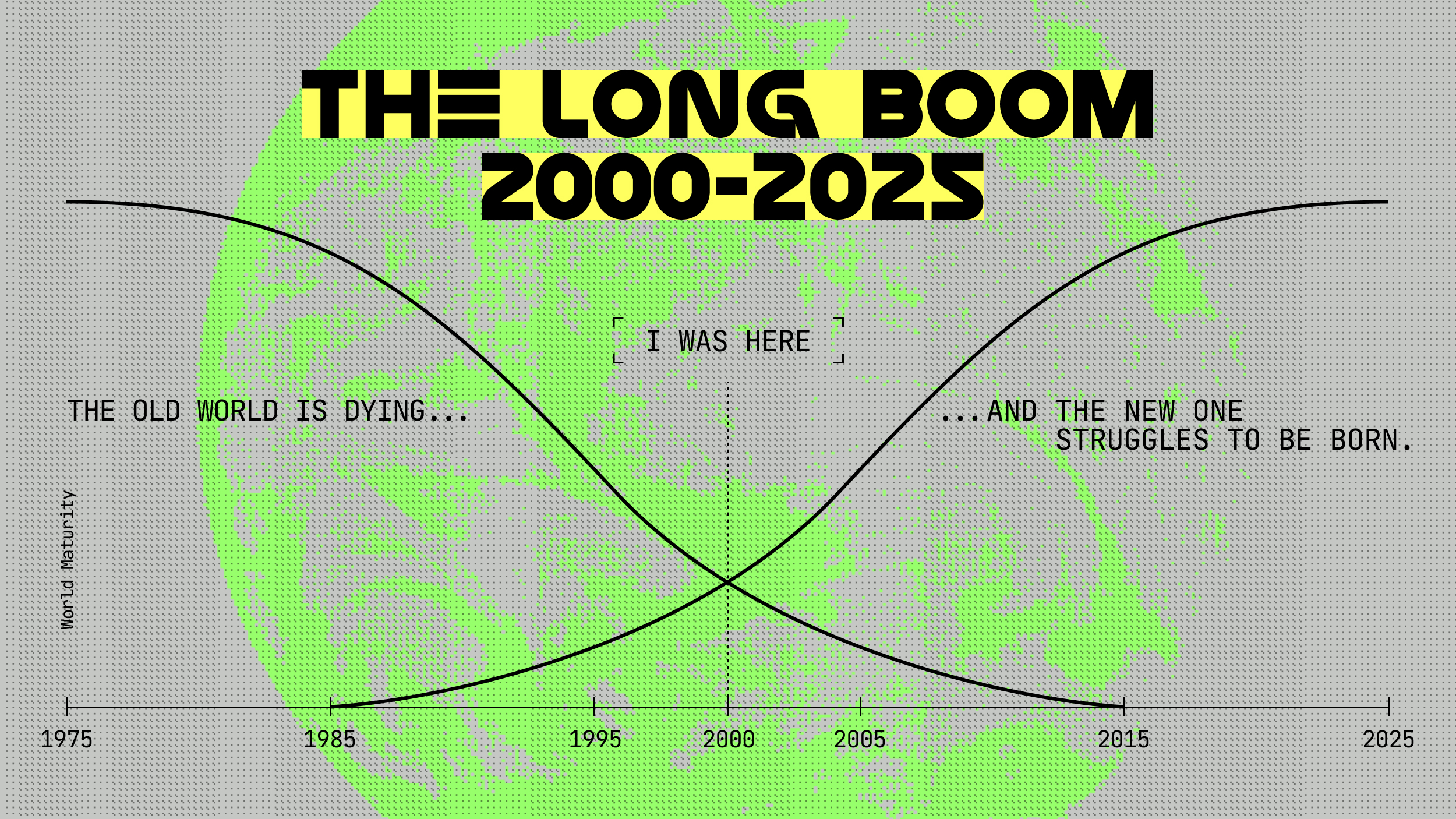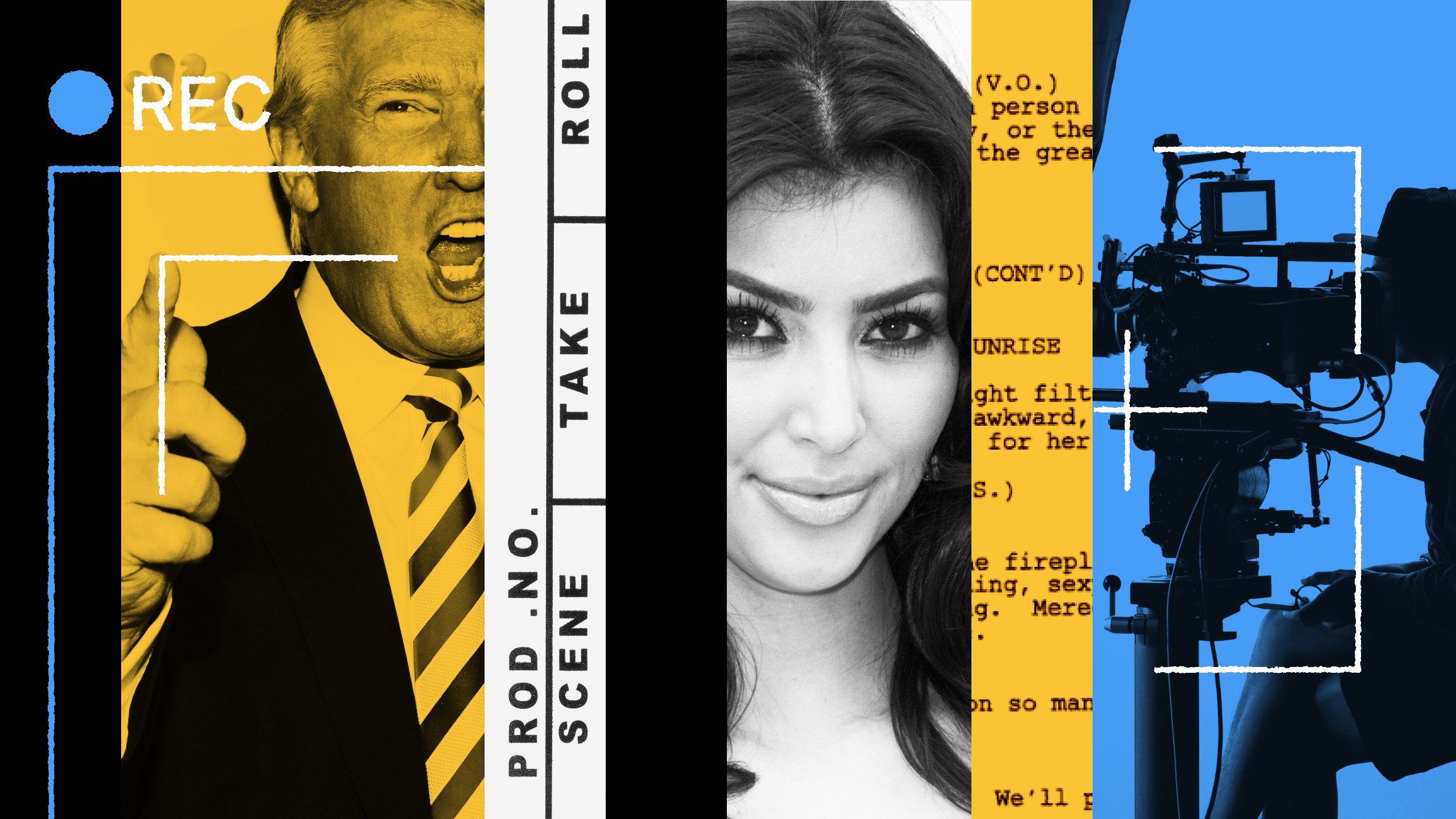Indirect Truths: Understanding the Social Impact of Documentary Film
How much impact has Al Gore’s Inconvenient Truth had on the global warming debate? More generally, how can we understand the range of influences that a documentary film might have on the public or on policy? I address these questions and others in the introduction to a recent report published by the Center for Social Media at American University.
As I review, in a fragmented media system with many competing choices, even blockbuster documentaries such as Inconvenient Truth reach relatively small audiences of already concerned or engaged citizens. Selectivity bias, however, can be softened in part by strategically promoted community-based forums and/or by taking into account targeted non-traditional audiences in the development of a film’s message. Yet, focusing narrowly on how a film might shape the cognitions or behavior of individual audience members is likely to strongly underestimate the true impact of any documentary. Films should be viewed as embedded within a larger “discourse culture” surrounding an issue, influencing activist groups, stakeholders, decision-makers, and journalists across stages of film production and distribution. In other words, most of a documentary’s impact is likely to be indirect, and to occur outside of the theater.
As the main body of the report, Karen Hirsch has authored several valuable case studies of recent documentary projects sponsored by the Sierra Club and the ACLU. The report was released last week as part of the Center for Social Media’s Making Documentaries Matter conference. Video of the various panels are likely to be online in the next few weeks.
At the conference, Robert Greenwald, writer, director, and producer of OutFoxed, Walmart: The High Cost of Low Price, and Iraq for Sale, discussed his experience magnifying the impact of his work by actually developing the film’s focus and themes around the goals of specific advocacy groups.
Here’s what Greenwald had to say on the matter, as reported by AU Weekly:
“People often ask me, ‘How can I get Moveon.org to help distribute my film [as Greenwald did with Uncovered: The War on Iraq]?’ And I say, ‘Well, did you talk to them before you started filming? Did you look at what issues they’re working on?'” he said. The key to successfully teaming with any nonprofit, Greenwald stressed, is simple–don’t ask what the nonprofits can do for you; ask what you can do for the nonprofits. “They are not distributors; that is not their job,” he said. “They are there to work for change, and it’s our responsibility . . . to make a film that will be useful to them.”
Documentarians can accomplish that goal by working with nonprofits before they even start shooting. From that contact forward, he said, the partnership should guide every step in the process. As an example, Greenwald pointed to his 2005 film Walmart: The High Cost of Low Price, for which he teamed with groups like Walmart Watch and Wake-Up Walmart. “Our mission was not to win an Oscar and not to get a studio deal, but to create change,” he explained. “And all of our choices were consistent with that.”
The approach paid off, he reported. It helped build a community of activists eager to host screenings and sell DVDs, and the discussion groups gave viewers a way to take action immediately after seeing the movie. In response to the film, as well as the letter-writing campaigns and petitions it inspired, Greenwald said, several states have already enacted new minimum wage and healthcare legislation. “If we’d taken the film a different way–say maybe festivals or theatrical–I don’t think that would have happened,” he said.




